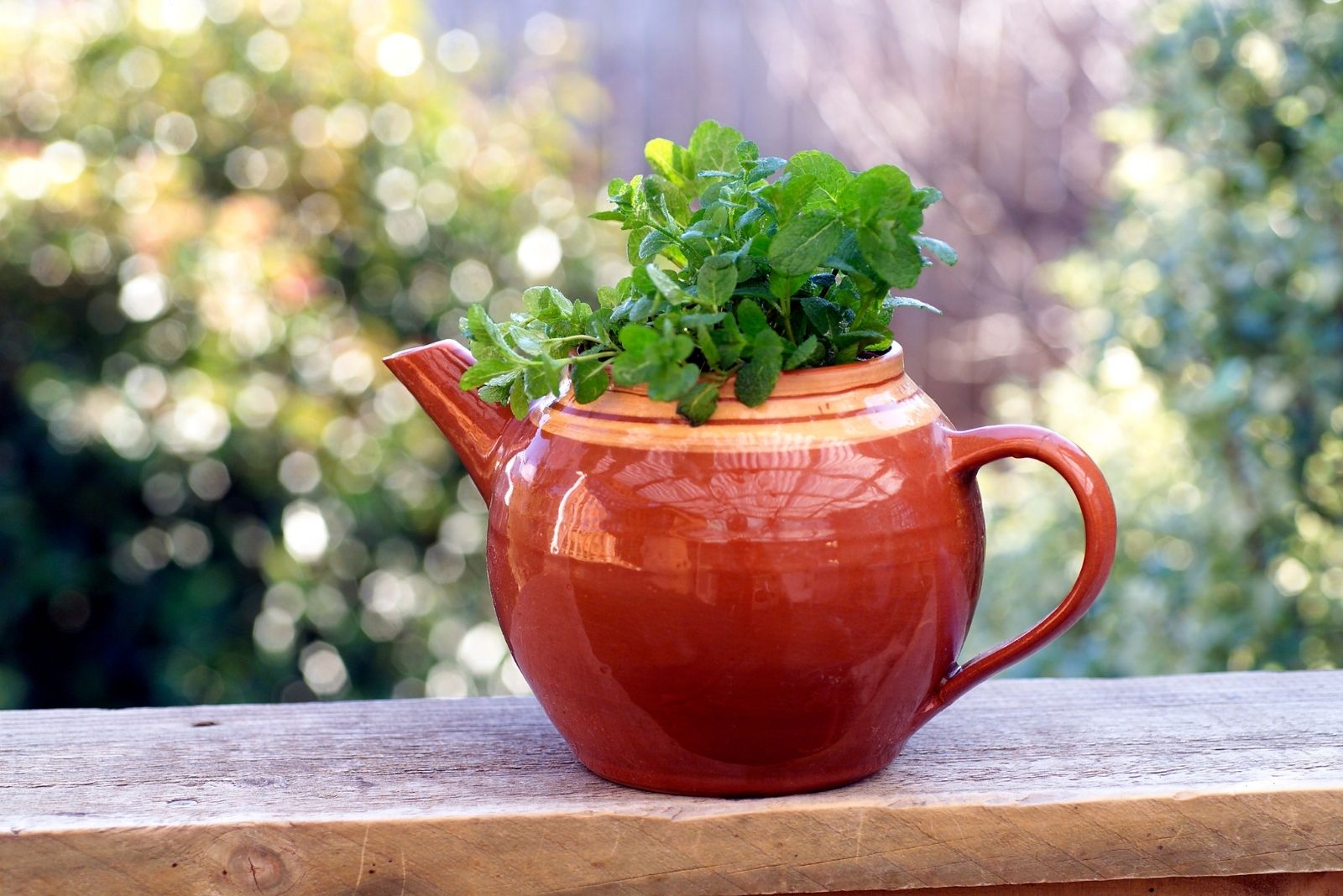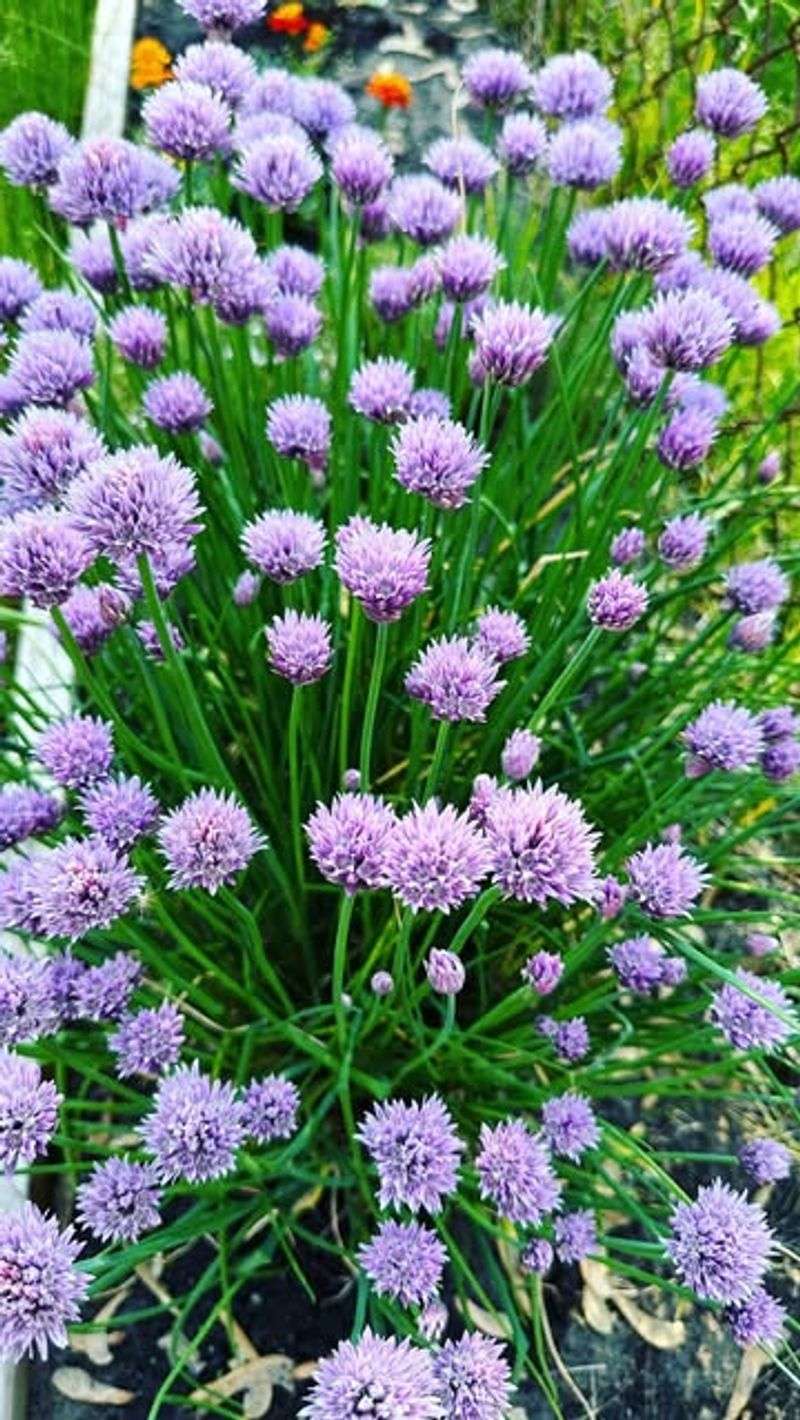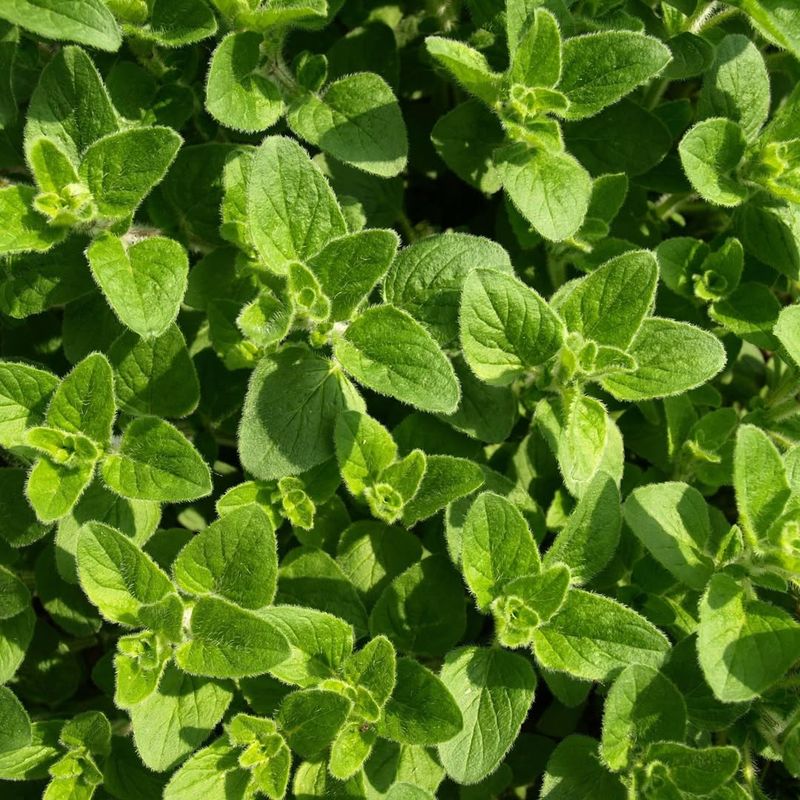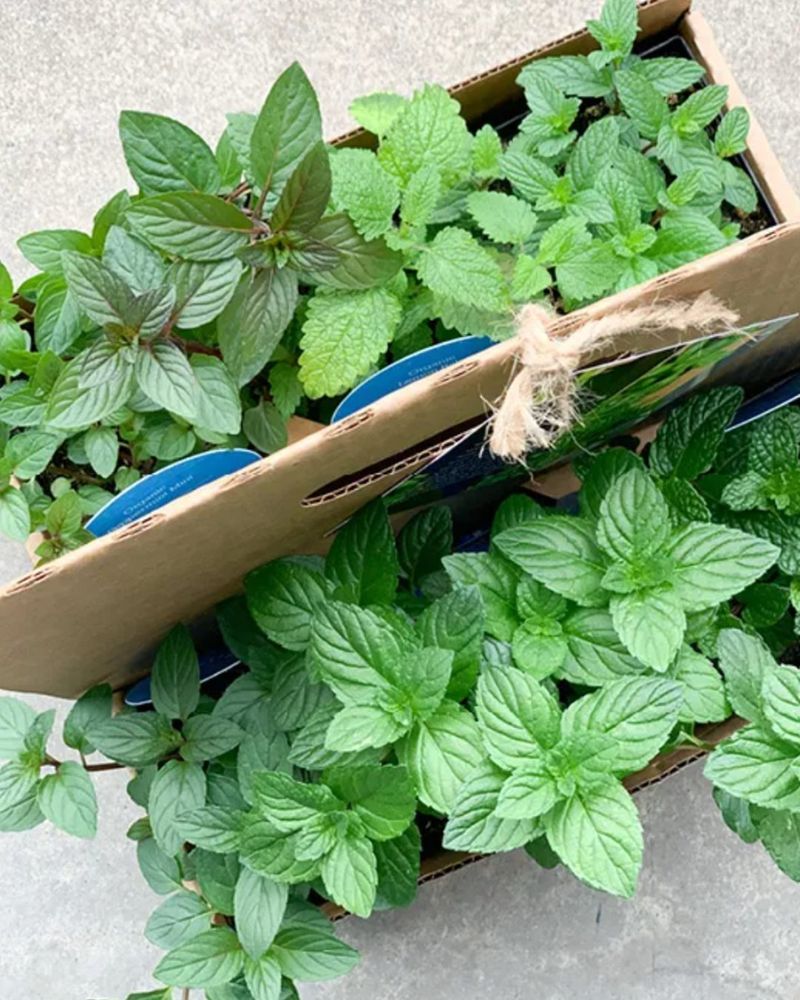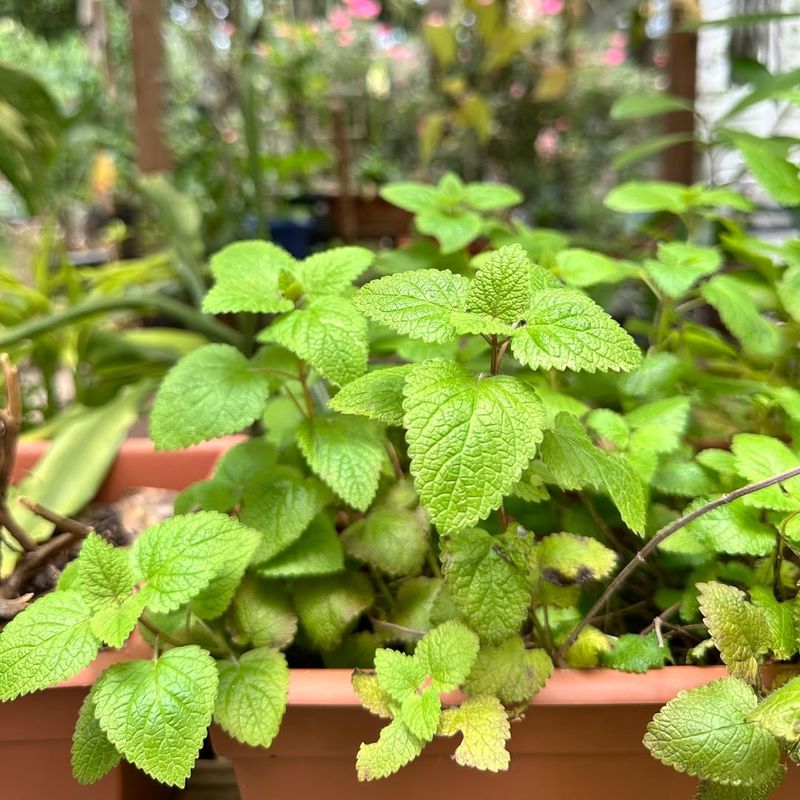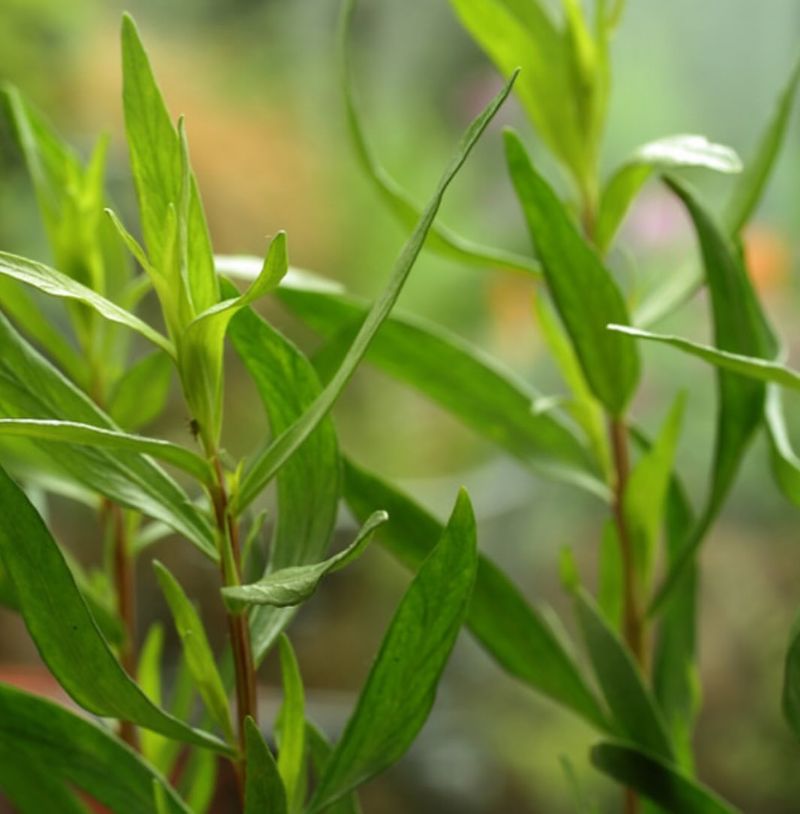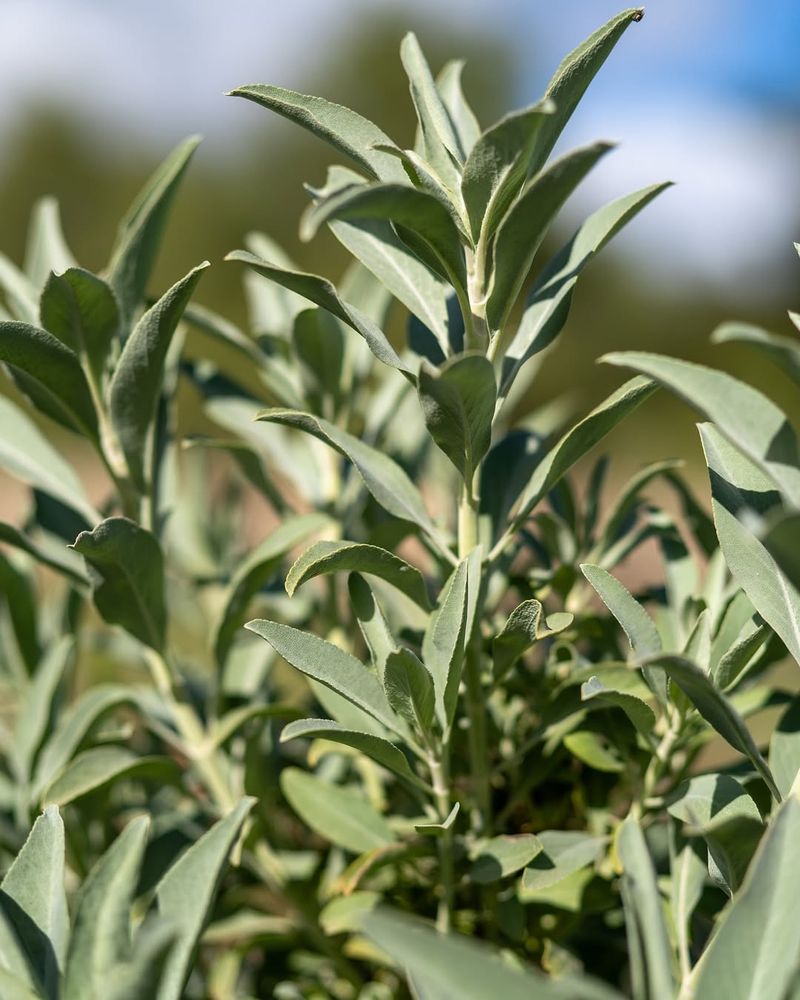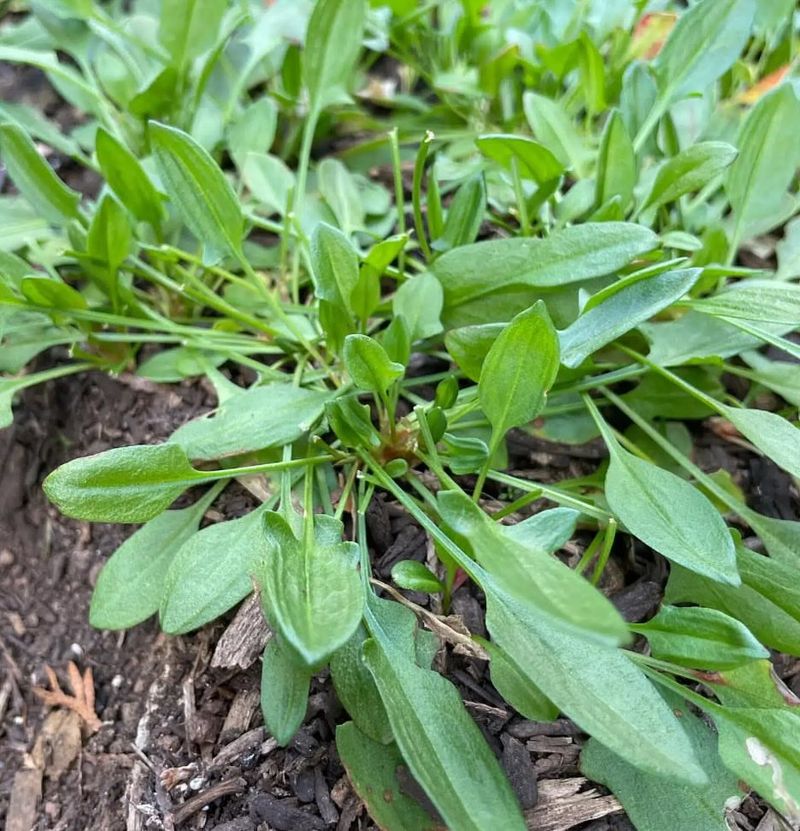Fall is an ideal time for Tennessee gardeners to give their herbs a fresh start. Dividing certain herbs now can lead to stronger growth and bigger yields next spring. I’ve found that dividing my thyme in early October really pays off for both flavor and growth.
Proper herb care during autumn sets the stage for healthy, productive gardens when warmer weather returns.
1. Chives
Clumps of this onion-flavored herb tend to become crowded after a few growing seasons. When the center starts looking tired or produces fewer stems, that’s your sign to act.
Digging up the entire clump and gently pulling it into smaller sections works wonders. Each division should have roots and several shoots attached for best results.
Replanting these sections about eight inches apart gives them room to expand. In my Tennessee garden, I noticed dividing this herb made a huge difference for spring growth.
2. Oregano
This Mediterranean favorite spreads enthusiastically through underground stems and can take over garden space if left unchecked. Separating established plants keeps them productive rather than woody.
Using a sharp spade to slice through the root ball creates manageable pieces. Aim for divisions about four to six inches across with healthy root systems.
Cooler fall temperatures reduce transplant shock compared to summer heat. For me, this method really helped increase yields without extra effort, and the plants bounced back quickly.
3. Thyme
Woody centers develop in older plants, reducing the fresh growth that gives the best flavor. Dividing rejuvenates these tired specimens and encourages tender new shoots.
Lift the plant carefully and use your hands or a knife to separate sections with both roots and green growth. Discard the woody center portion entirely.
Replant divisions in well-draining soil with plenty of sunlight exposure. Tennessee’s mild fall weather provides perfect conditions for roots to establish before winter arrives, setting up strong spring performance.
4. Mint
Aggressive spreading is this herb’s trademark, and it can quickly dominate garden beds through vigorous runners. Dividing controls its territorial tendencies while refreshing plant vigor.
Simply dig up sections with runners and roots, then replant where you want new growth. Consider using containers to prevent future invasions.
Fall division means less watering compared to hot summer months when establishment is trickier. I’ve learned that keeping mint contained saves headaches later, and autumn is the perfect time to reorganize your mint patches for better control.
5. Lemon Balm
Similar growth habits to mint make this citrus-scented herb another enthusiastic spreader that benefits from regular division. Older clumps produce less flavorful foliage over time.
Separating clumps every two to three years maintains plant health and leaf quality. Each section needs adequate roots and several stems for successful transplanting.
Choose spots with partial shade and moist soil for best performance. Tennessee gardeners can divide this herb through October, giving roots time to settle before cold weather limits growth and ensuring robust plants for next season.
6. Tarragon
French varieties don’t produce viable seeds, so division is the only way to propagate this flavorful herb. Plants naturally spread through underground rhizomes that can be separated.
Dig around the plant base and locate sections with both rhizomes and shoots. Cut these apart with clean tools to prevent disease.
Space new divisions about eighteen inches apart in sunny locations with good drainage. I’ve noticed that fall-divided tarragon establishes better root systems than spring transplants, giving Tennessee gardeners stronger plants with more intense flavor profiles.
7. Sage
After three or four years, plants become leggy with woody stems and reduced leaf production. Dividing breathes new life into aging specimens and creates compact, productive replacements.
Carefully lift the root ball and separate younger outer sections from the old center. Keep divisions with firm stems and healthy root structures.
Plant in locations with full sun and excellent drainage to prevent root rot. Tennessee’s autumn rains provide natural irrigation while cooler temperatures minimize stress, making fall division timing ideal for successful establishment and vigorous growth.
8. Sorrel
This tangy green forms substantial clumps that eventually crowd themselves and produce smaller leaves. Dividing every few years keeps plants productive and leaves large enough for cooking.
Lift clumps and pull apart sections, ensuring each has roots and several leaf shoots. Divisions establish quickly in cool weather.
Partial shade and consistently moist soil suit this herb perfectly. Tennessee gardeners benefit from fall division because plants develop strong roots over winter, producing tender, flavorful leaves much earlier in spring than newly planted specimens would provide.

